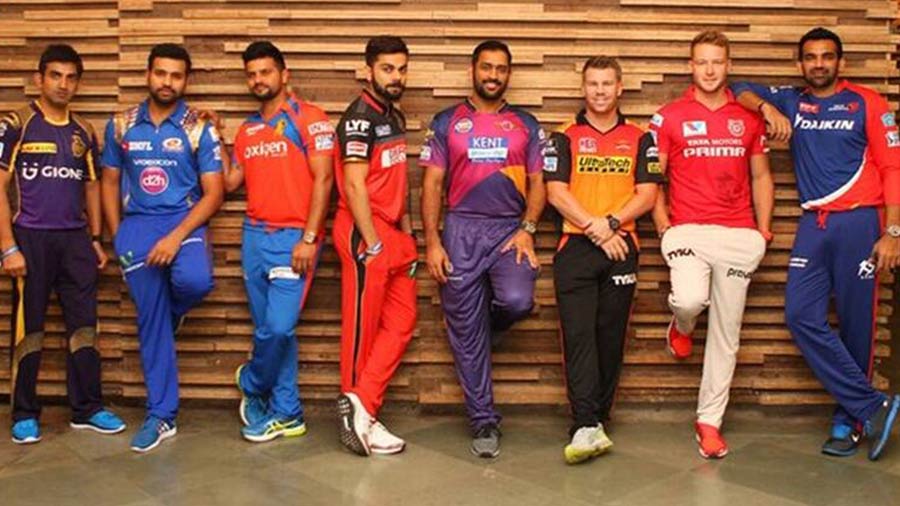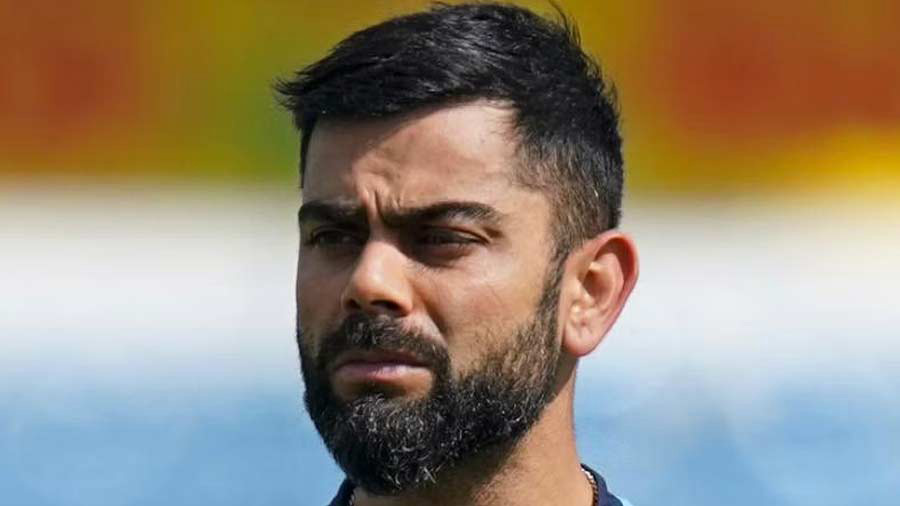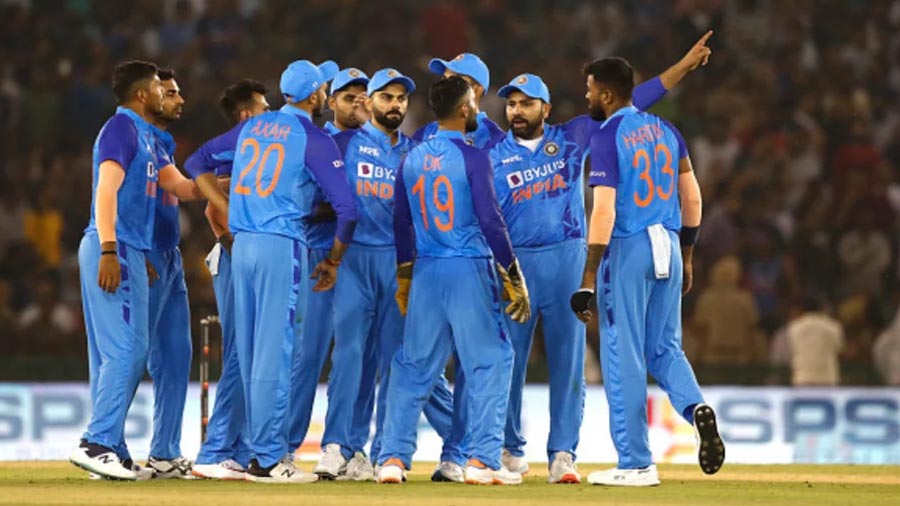In early September 2007, four of Indian cricket’s biggest names — Sachin Tendulkar, Sourav Ganguly, Rahul Dravid and Zaheer Khan — had a choice. Travel to South Africa just three days after India’s gruelling tour of England to play in the first-ever men’s ICC World T20, or take a break, letting younger legs indulge in what was still deemed to be a frivolous format. The quartet chose the latter, missing out not just on an eventual Indian triumph but in the reshaping of the game itself.
Some 15 years later, the ICC T20 World Cup (long since renamed to lend it greater gravitas) is underway in Australia, as part of its eighth edition. Inaugural champions and perennial favourites India are yet to win the tournament since 2007, leading to a narrative of desperation that was last seen in a cricketing context during the 50-over World Cup on home soil in 2011 (at the time, India had waited 28 years to be world champions). A desperation that is born out of an entitlement that this is supposed to be India’s competition to dominate, for the T20 format itself is a Made in India phenomenon (even though India did not invent it). No wonder then that the official Indian broadcaster for this year’s World Cup, Star Sports, has started a campaign saying “bahut hua intezaar” (enough of waiting), urging Rohit Sharma and Co. to bring back the trophy as if the Men in Blue have an inherently superior claim on it. If only things were so simple!
Repeated, unexpected failures

A disconsolate Virat Kohli after India crashed out of the T20 World Cup in 2016 against the West Indies in Mumbai
ICCAfter beating Pakistan in a pulsating final in Johannesburg to clinch the title in 2007, India put up a meek defence two years later in England, before repeating their lacklustre showing in the West Indies in 2010. On both occasions, India lost all six of their stage two matches. Having narrowly missed out on the semi-finals in Sri Lanka in 2012, India, with probably their most balanced side till date, reached the final in Bangladesh in 2014, but finished second best to a Sri Lankan team that had had enough of doing the same themselves. In 2016, anticipation was at fever-pitch as India hosted the World Cup. Even though Virat Kohli was in the form of his life, an error-prone bowling unit cost India a place in the final at the Eden Gardens, as the West Indians put them to the sword in Mumbai. A five-year gap between then and last year’s instalment in the UAE meant even more hopes pinned on a team that had a lot of stardom but little synergy. A humiliating campaign followed, including a first World Cup defeat to Pakistan, in which India could not even progress beyond their opening hurdle.
The IPL factor

The IPL has improved India’s T20 players, but has also done the same for players from other countries
BCCIThere is no doubt that T20 is what it is today because of the IPL. The franchise model of the shortest version of cricket that the IPL spawned across the world has made T20 the game’s most eye-popping advertisement and also its chief vehicle towards becoming a truly inclusive, global sport. At the same time, the IPL, notwithstanding its role in unearthing young Indian talents, has not made India untouchable in T20s. In fact, the effect of the IPL has been far more egalitarian, with foreign talents often learning as much about Indian players and Indian conditions as the other way around. But all this has not diminished the sanctimonious role that has been thrust upon India as the purveyors of T20s — a high-resolution version of the decades-long framing of the 50-over World Cup as a providential obligation for England.
The T20 World Cup as cricket’s flagship event
The rise and rise of T20 cricket has not killed Test cricket, as originally feared by purists. Instead, it has increasingly sidelined the middle cousin — the 50-over format — to the extent where contemporary bilateral series invariably include the same, if not more, number of T20Is as ODIs. Partly consciously and partly in blind allegiance to commercial forces, the who’s who of cricket (led, of course, by the BCCI) have more or less settled on T20 as cricket’s most marketable format, which leads to the obvious question of prestige and importance.
Back in 2007, when India were T20I champions, it was seen as pleasant consolation rather than total redemption for a disastrous 50-over World Cup in the Caribbean earlier that year. But compare that with the disappointment, even resentment, of losing the semis of the T20 World Cup in 2016 and the 50-over one in 2019, and there is more of a convergence with respect to the emotional stakes, if nothing else. Data shared by the ICC shows that the last instalment of the T20 World Cup fetched 4.3 billion views across all channels, well ahead of the 3.6 billion views amassed by the previous 50-over World Cup in 2019. To underline T20’s wider reach further, Aramco (a Saudi Arabian oil company) has been roped in as one of the main sponsors for the World Cup in Australia, even though Saudi Arabia’s own cricket team will have nothing to do with the tournament.

The T20 World Cup has superseded its 50-over version in terms of fan engagement and saleability
ICCIn 2022, no matter how much the likes of Ramachandra Guha and Michael Holding may still look down upon T20s, it is clear that the T20 World Cup has superseded its 50-over version in terms of fan engagement and saleability and virtually attained parity when it comes to player motivation. For proof of the second claim, just listen to Virat Kohli’s interviews and you will notice how much it stings him to not have a T20 World Cup winner’s medal.
Does this mean that the T20 World Cup is cricket's new flagship event? Yes, and it is likely to stay that way, largely because of two reasons. First, the bigger franchise T20 cricket gets (it shows no signs of stopping right now), the more the incentive for players and administrators to glorify the T20 World Cup. Second, in the classic trope of the holy grail, India’s hot pursuit of the T20 World Cup since 2007 will continue to amplify the aforementioned parameters of prestige and importance. When Roger Federer struggled to win the French Open or when Brazil went 24 years (between 1970 and 1994) between winning the FIFA World Cup, it only emboldened the value of the respective competitions. The T20 World Cup is no exception, and as much as Indian fans would love to see the wait end Down Under, neutral advocates of the game may want India to flounder once again. Not just to see another less-entitled champion have their day, but also to prolong an obsession that has made the T20 World Cup the one thing in the world of cricket that Indians want most but cannot get.








